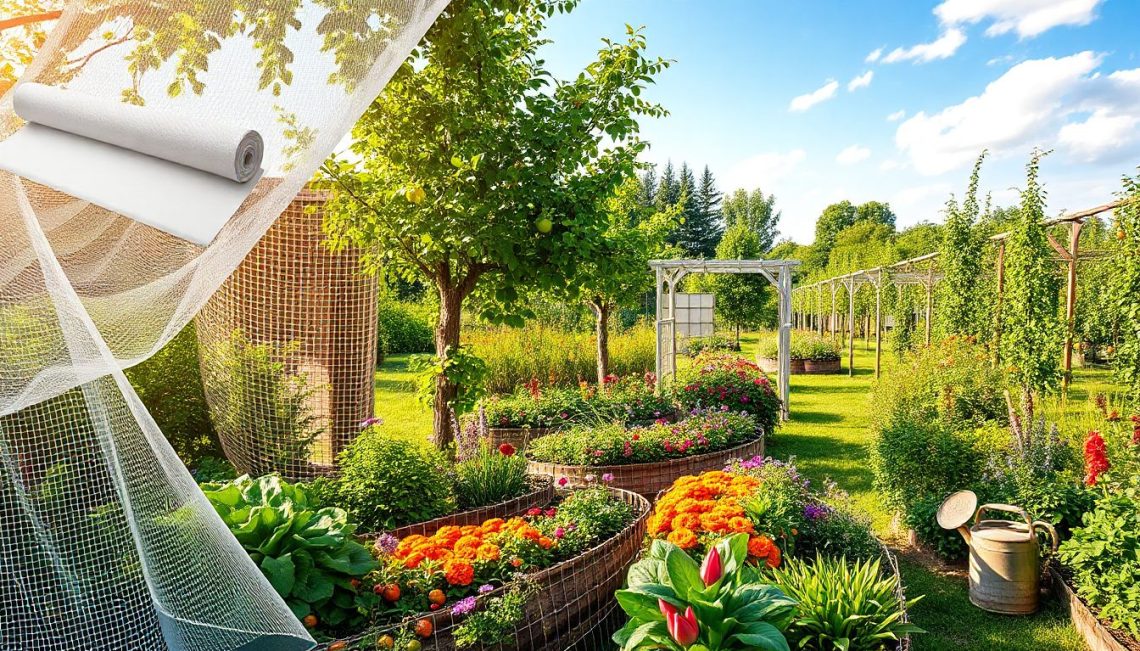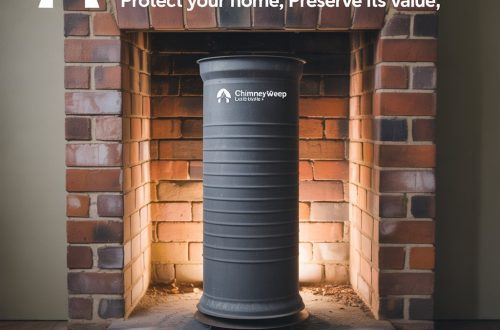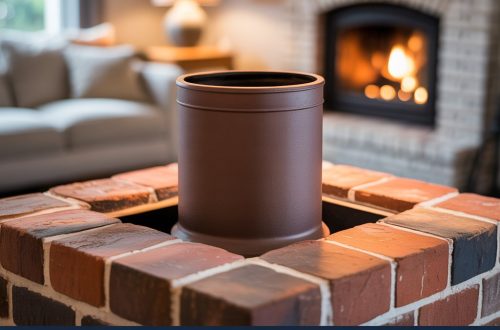Garden netting is an absolute must-have for growers, whether you are a first-time gardener or a seasoned vet. Garden Netting offers a straightforward solution for sheltering your plants, whether from pests, supporting climbing crops, or shielding delicate plants from harsh weather. This guide defines garden netting, discusses various types, advantages, and uses.
Understanding Garden Netting
Garden netting is protective mesh or fabric used to cover plants, soil, or even an entire garden bed to protect them from outside forces. Garden netting, which can be found in many materials, sizes and designs for a clearer purpose, is a fantastic investment for any gardener who wants to enhance the health of their plants and increase crop yield.
Types of Garden Netting
Bird Netting
Bird netting is constructed of lightweight polyethylene or nylon mesh that keeps birds from pecking at fruit, vegetables and seedlings. This can be particularly beneficial in orchards and vegetable gardens where birds can ruin crops.
Insect Netting
Insect netting is a fine mesh covering that also protects plants by excluding nasties like aphids, caterpillars and beetles. This type of Insect Control Netting provides an air- and sun-friendly barrier to pests.
Shade Netting
Shade netting helps to control the sunlight that the plants receive. Constructed from strong polyethylene, it helps mitigate heat stress and protects tender seedlings from sunburn, especially lettuce, spinach and flowers.
Climbing Plant Netting
Climbing plant netting gives structural support to vining plants like peas, beans, cucumbers and tomatoes. This technology also allows these plants to grow upwards, instead of horizontally, allowing for greater abundance and healthier growing.
Deer and Animal Netting
Deer and animal mesh is a strong, durable netting that is designed to keep larger animals, like deer, rabbits, and squirrels out of the garden. This is especially helpful in gardens that border woods or open fields.
Frost Netting
How to protect them from low temperatures and frost damage? It creates an insulating pocket for warmth around the plants and prevents cold from settling on the foliage.
Windbreak Netting
Applications for windbreak netting include in and around crop fields to reduce the effects of high winds on growing plants, which reduces soil erosion and damage to delicate crops. It is widely employed in situations where wind exposure is high (open fields and coastal areas).
Pond Netting
Garden pond netting is for keeping garden ponds and water features clear of leaves, debris and predators. It is integral to maintaining water quality and shielding fish from birds and other creatures.
Benefits of Garden Netting
Keeps Pests and Animals off your Plants
Garden netting serves as a protective cover for crops against birds, insects and animals. Using the right type of netting is a simple way for gardeners to avoid this damage and enjoy a healthy harvest.
Enhances Plant Growth and Yield
Garden netting fosters plant growth while providing them with support and protection. For example, climbing plant netting lets vining plants grow upward, a space-saving solution that increases yield.
Lowers The Use Of Pesticides
Insect netting reduces the reliance on chemical pesticides and encourages a more environmentally friendly form of gardening. It also keeps dangerous insects away from crops, decreasing dependency on synthetic chemicals.
Protects Plants from Extreme Weather
And helps during harsh weather conditions such as shade netting, frost netting, windbreak netting, etc. They help keep a favorable growing environment for plants.
Enhances Garden Aesthetics
Structured netting over well-ordered gardens reduces messiness and makes for a well-groomed look. Climbing Plants Netting– Ideally the Vertical Garden
Promotes Sustainable Gardening
Garden netting not only helps to keep specific plants healthy but, by reducing plant loss via pests and adverse weather, your gardening efforts will be much more sustainable and productive. It even saves resources such as water and fertilizers due to preserving soil and plant structures.
The broad applications of netting for the Garden
Protecting Fruit Trees
Bird netting is commonly used to cover fruit trees to prevent birds from eating ripening fruit as well as allowing air and sunlight into the plants.
Vegetable Gardens
Insect netting and animal netting can protect vegetable patches from common pests, including cabbage worms, rabbits and deer.
Greenhouses and High Tunnels
In the winter months, shade netting, and frost netting can be used in greenhouses.
Vertical Gardening
Climbing plant netting uses minimal garden space and maximizes crop production by supporting vining crops as well as vining flowers.
Flower Beds
Shade netting protects fragile flowers from wilting and sun damage in hotter climates.
Water Features
Instead, pond netting will help you keep ponds clean so leaves and other debris don’t land in the water and potentially become a problem, and can help shield aquatic life from predators.
Conclusion
For both novice and seasoned gardeners, garden netting is an adaptable and invaluable tool. Whether it is for pest control, supporting plants, or shielding them from weather, there is a type of netting that can deeply improve plant health and garden production. However, with the knowledge of different kinds of garden netting, and its uses, gardeners will be able to make smart choices to create, a happy and sustainable garden space.
For More Info: https://talvixo.com/





